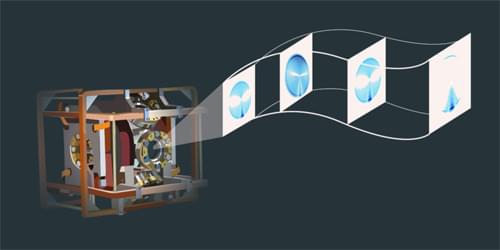When genes are activated and expressed, they show patterns in cells that are similar in type and function across tissues and organs. Discovering these patterns improves our understanding of cells—which has implications for unveiling disease mechanisms.
The advent of spatial transcriptomics technologies has allowed researchers to observe gene expression in their spatial context across entire tissue samples. But new computational methods are needed to make sense of this data and help identify and understand these gene expression patterns.
A research team led by Jian Ma, the Ray and Stephanie Lane Professor of Computational Biology in Carnegie Mellon University’s School of Computer Science, has developed a machine learning tool to fill this gap. Their paper on the method, called SPICEMIX, appeared as the cover story in the most recent issue of Nature Genetics.



